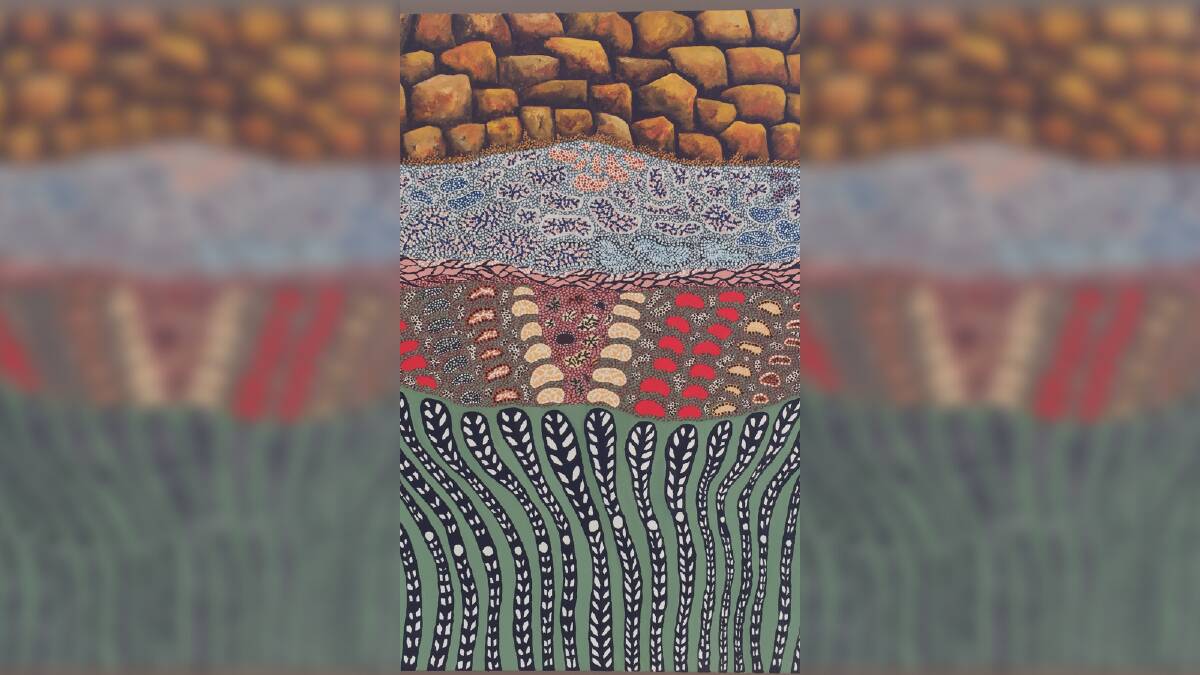
A piece of art displayed at a Northern Tasmanian gallery has been the subject of criticism following questions over whether the work was appropriate due to its style.
Subscribe now for unlimited access.
$0/
(min cost $0)
or signup to continue reading
Port Sorell artist Deborah Salter-Oosterloo submitted works to be displayed at Deloraine Creative Studios for the first time, which the gallery accepted and hung.
However, one of the works was taken down by the gallery when they were questioned by multiple visitors on whether it had been produced by a First Nations artist.
Salter-Oosterloo said she had been painting for 15 years, and her work had been questioned when she began as an artist due to her "dot" style. However, she said she had been told when she first started exhibiting nothing was wrong with the style as long as she did not say she was an Aboriginal artist.
Salter-Oosterloo confirmed that as far as she was aware, she was not of First Nations descent.
"[The studio] rang me and told me [the piece] had been taken down and put in the storeroom because it had offended some people," she said.
Salter-Oosterloo said she was not consulted about her heritage or work, and was not satisfied with the communication from the studio about the work being taken down.
"I don't even need an apology, but I feel there is a bigger issue of discrimination," she said.
Salter-Oosterloo wrote to the studio to say she was "deeply insulted".
"If we had had a conversation, I can 100 per cent say they would not have taken the painting down," she said.
The studio's president, Sonia Grodski, had not received the letter when The Examiner spoke to her, but she said someone from the studio had phoned Salter-Oosterloo about the work when it was taken down.
"As far as I'm concerned, I think it's a matter of miscommunication rather than actually having any feelings about the artist in particular," she said.
"I have had discussions with the Indigenous community and they are very concerned about people doing their type of work."
Caleb Nichols-Mansell is a Tasmanian Aboriginal man and the founder/creative director of Blackspace Creative - which specifically showcases Tasmanian Aboriginal artwork.
Mr Nichols-Mansell said art was a mechanism for social change and influence, and it provided a narrative.
He said there was a responsibility to artists to make sure their work did not appropriate styles that belonged to other cultures.
"It makes me uncomfortable. I think it raises broader concerns ... of the misrepresentation of culture. Too often I think artists misrepresent culture, whether they mean to or not," he said.
"Those dots and styles represents stories, kinship and connection to Country and culture."
Mr Nichols-Mansell said he was impressed with the stance the studio had taken, and advised anyone who was unsure about whether their art was culturally appropriate to seek advice.
What do you think? Send us a letter to the editor:


